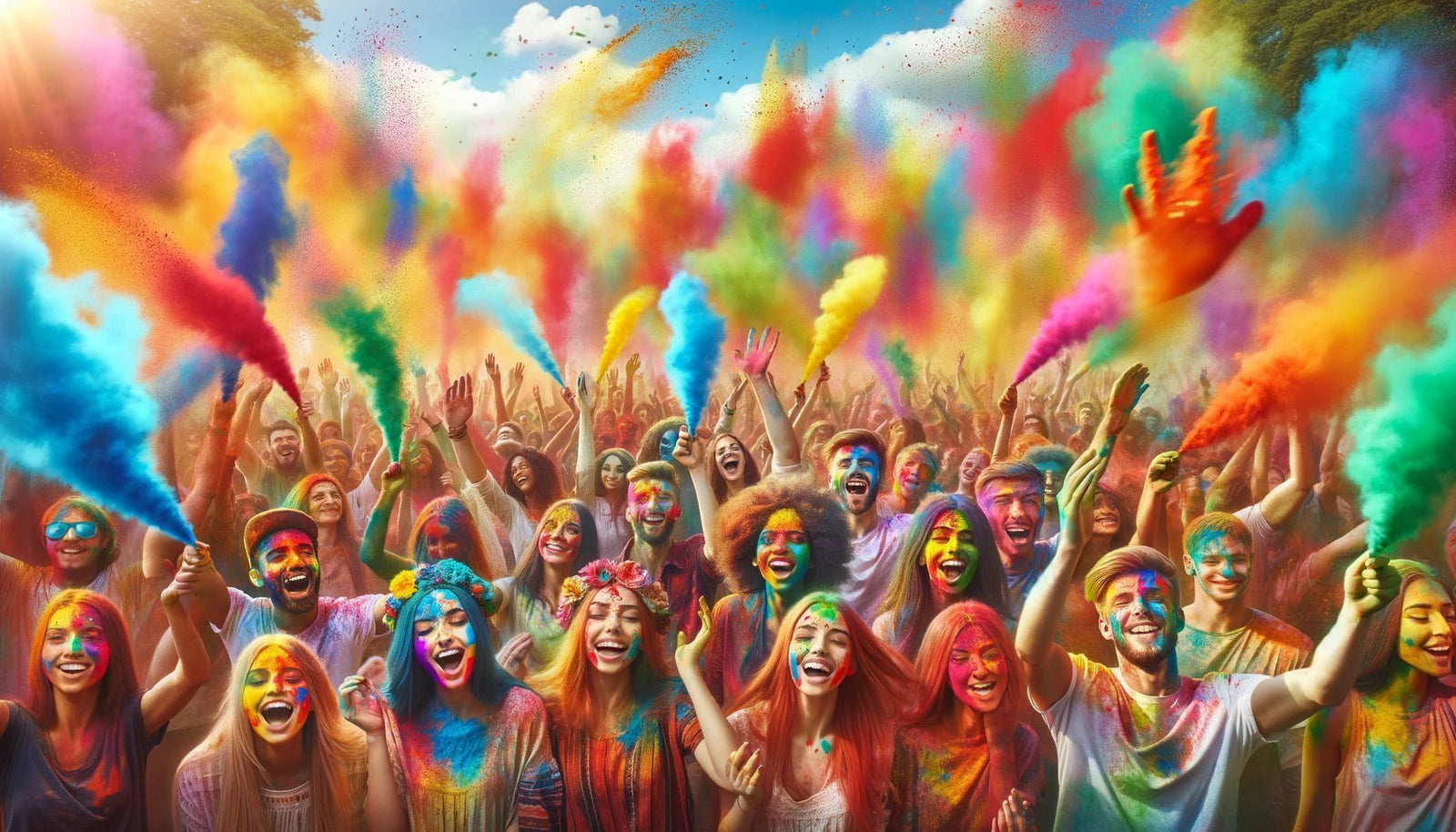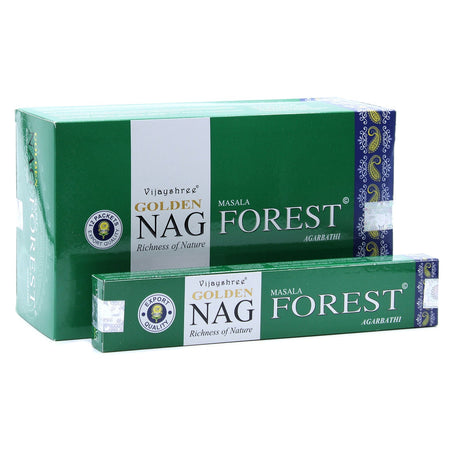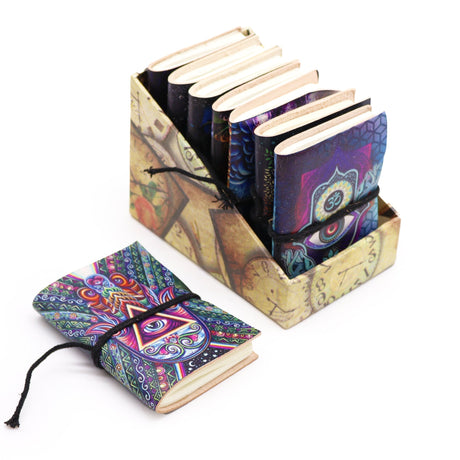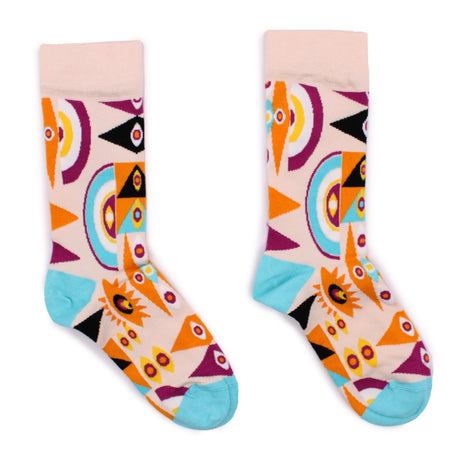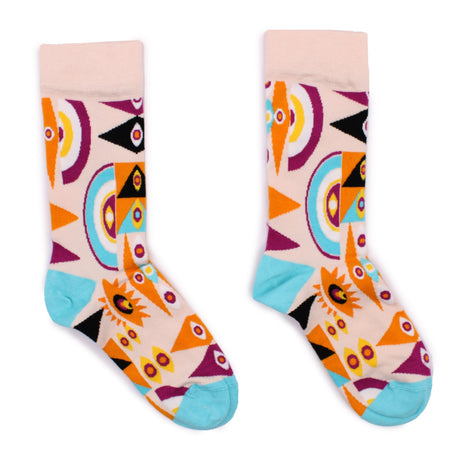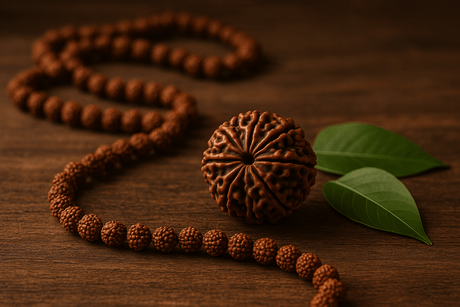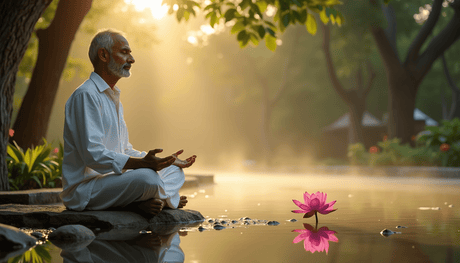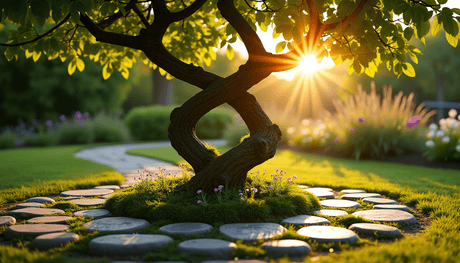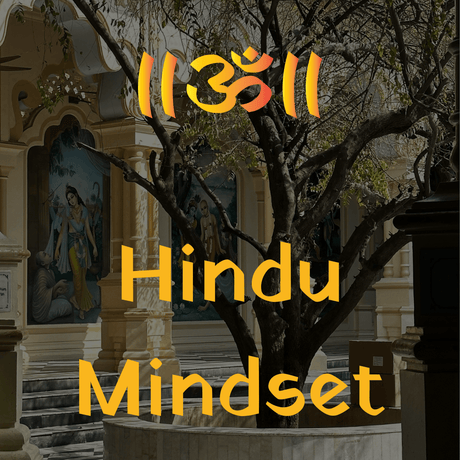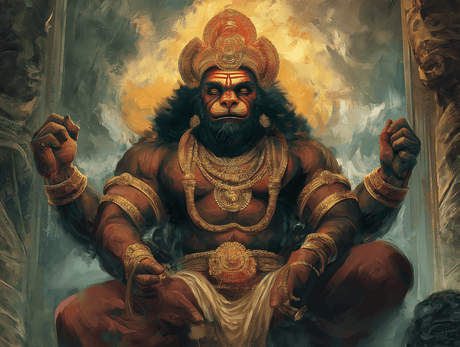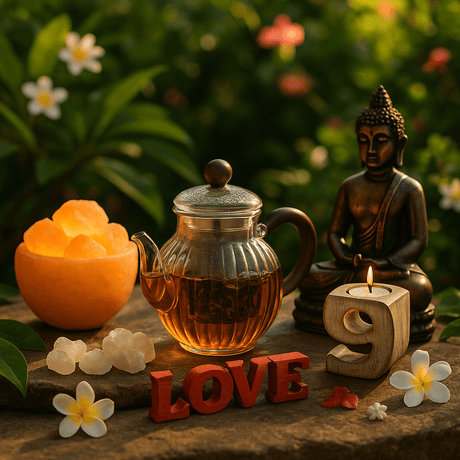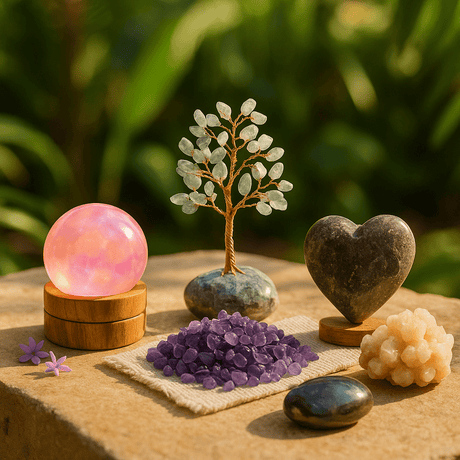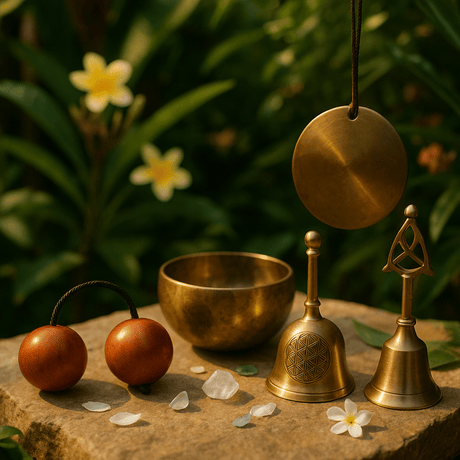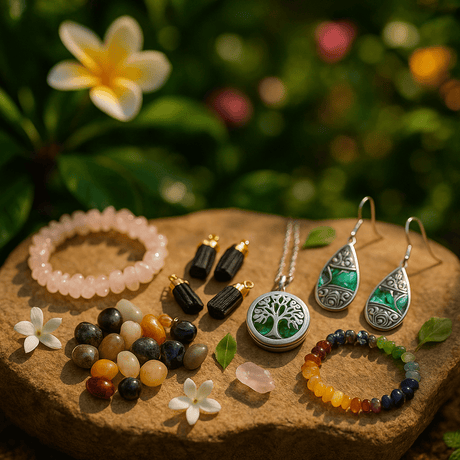Holi, often hailed as the Festival of Colours, Love, and Spring, is a vibrant testament to the enduring cultural and spiritual tapestry of Hindu tradition. Celebrated with a riot of colors, this festival marks not just the arrival of spring but encapsulates the essence of joy, the triumph of good over evil, and the deep-seated reverence for the divine love of Radha and Krishna. Let's embark on a journey to uncover the spiritual layers of Holi, delving into its rich historical roots and contemporary celebrations that span across the globe.
When and What is Holi Festival?
Celebrated on the full moon day in the Hindu month of Phalguna, Holi falls around mid-March, signaling the end of winter and the onset of spring. This timing is not just a matter of celestial coincidence but a profound marker of renewal and rebirth in the natural world. Holi, also known as the Festival of Colours, Love, and Spring, embodies the eternal and divine love between Radha and Krishna, highlighting themes of joyous reunion and spiritual devotion.
Moreover, Holi commemorates the triumph of good over evil, illustrated through the legendary victory of Lord Vishnu as Narasimha over the demon Hiranyakashipu. This aspect of Holi serves as a reminder of the inherent power of faith and morality, encouraging individuals to reflect on the values of courage, righteousness, and perseverance in the face of adversity.
The essence of Holi is multifaceted, encapsulating the joy of spring, the strength of communal bonds, and the vibrancy of life itself. It's a time when the social fabric is dyed in the colors of unity, forgiveness, and celebration, encouraging everyone to set aside differences, mend relationships, and welcome the new season with open hearts and homes.

What is the history of Holi?
The Ancient Roots of Holi
The origins of Holi can be traced back to ancient civilizations, predating even the formation of major religious texts and practices seen in India today. Archaeological evidence, including terracotta pieces and frescoes from sites like the Indus Valley Civilization, suggest that a festival resembling Holi was celebrated as early as 3000 BCE. These celebrations were likely agricultural in nature, heralding the arrival of spring and the hope for a bountiful harvest.
Holi in Vedic Texts
The Vedas, ancient sacred texts that form the foundation of Hindu practices, contain hymns that allude to rituals similar to Holi. The Rigveda and Atharvaveda, for example, mention celebrations involving the lighting of bonfires to ward off evil spirits and the use of colors in various rituals, which resonate with the core practices of Holi. These texts highlight the festival's deep-rooted connection to themes of purification, fertility, and the cyclical nature of life.
Holi's Evolution Through the Ages
By the time of the Gupta Empire (4th to 6th centuries CE), Holi had evolved into a well-established festival, celebrated across the empire with fervor. It was during this period, often referred to as the "Golden Age of India," that Holi began to acquire more of the elements we recognize today, such as the play with colors and the emphasis on joyous celebration.
Historical records from this era, including inscriptions and literary works, provide evidence of Holi being celebrated by royalty and commoners alike. The play with colors, originally made from natural dyes and flowers, became a symbol of life's vivacity, echoing the blooming landscapes of spring.
The Cultural Syncretism of Holi
As Hinduism spread across the Indian subcontinent, the festival of Holi assimilated various local traditions and practices, enriching its tapestry. Different regions began to celebrate Holi in unique ways, each adding their own local flavors and legends to the core theme of the triumph of good over evil. This syncretism reflects the adaptive nature of cultural traditions, allowing Holi to remain relevant and vibrant through centuries.
Holi in Literature and Art
The enduring allure of Holi has captured the imagination of poets, artists, and writers throughout history. From the early mentions in the Puranas and epics like the Mahabharata to the detailed descriptions in medieval texts like the Ratnavali, Holi has been celebrated in the annals of Indian literature and art. These depictions not only showcase the festival's significance but also offer a window into the social and cultural dynamics of their times.

Holi in Mythological Stories
The Legend of Hiranyakashipu and Prahlad
One of the most compelling narratives associated with Holi is the story of Hiranyakashipu and his son, Prahlad. Hiranyakashipu, a king with a god complex, was irked by his son's devotion to Lord Vishnu. In a divine intervention, Vishnu appeared in the avatar of Narasimha, a half-lion, half-man, and vanquished the arrogant king. This myth symbolizes the victory of good over evil, a theme that resonates deeply during Holi celebrations.
The Tale of Krishna and Radha
Another beloved story is that of Krishna and Radha, which adds a layer of romantic love to the festival. Krishna, concerned that Radha wouldn't love him due to his blue skin — a consequence of drinking poisoned milk as a baby — was advised by his mother to color Radha's face. Radha's acceptance and the joy that followed is celebrated with the smearing of colors on Holi, symbolizing love and acceptance beyond superficial differences.

Where is Holi Celebrated?
Originally rooted in the Indian subcontinent, Holi's exuberance has crossed oceans and continents, making it a celebrated event in many parts of the world. Predominantly, Holi is observed with great enthusiasm in India and Nepal, where it is recognized as a national holiday, inviting participation from all segments of society. Beyond these borders, the festival has found a warm embrace in countries with significant Indian diaspora populations, such as Trinidad and Tobago, Guyana, Fiji, Mauritius, South Africa, Suriname, the United Kingdom, the United States, Canada, Australia, and New Zealand. In these global locales, Holi serves as a vital link to cultural heritage for the diaspora and introduces other communities to Indian traditions, fostering a multicultural appreciation. The universal themes of renewal, joy, and the victory of good over evil resonate, making Holi a global celebration of life itself.
How is Holi Celebrated?
The celebration of Holi is a vivid tapestry of rituals, colors, and joy, commencing with the lighting of the Holika bonfire on the eve of the festival. This ceremony, known as Holika Dahan, symbolizes the victory of good over evil, drawing communities together to sing, dance, and mark the beginning of festivities. The following day, known as Rangwali Holi, is when the iconic play with colors takes place. Participants, armed with colored powders and water guns, chase each other in a cheerful display of playfulness and camaraderie. Streets, parks, and homes become arenas of jubilation, where everyone, regardless of age, caste, or creed, is fair game for a splash of color. Traditional foods and sweets like gujia, thandai, and bhang, add to the festivity's flavors, while songs and dances elevate the spirit. The celebration is a dynamic expression of joy, forging bonds of friendship and community, embodying the essence of Holi as a festival of color, joy, and togetherness.

What Colors Are Used on Holi?
During Holi, the vibrant festival of colors, each hue holds a deep significance that goes beyond mere aesthetic appeal. These colors are not randomly chosen but are deeply embedded in the cultural and spiritual fabric of the celebration, representing various aspects of life, emotions, and virtues. Below is an exploration of the colors traditionally used in Holi and their meanings:
- Red. The most beloved color during Holi, red symbolizes love and passion. It is inspired by the divine love story of Krishna and Radha, making it a color of deep affection and admiration. Red is also associated with strength and bravery in Indian culture, often used in religious ceremonies to represent divine qualities.
- Yellow. Symbolizing sunshine, happiness, and peace, yellow reflects the joy and victory that Holi celebrates. It is considered sacred and is associated with healing powers and auspiciousness, thanks to its connection with turmeric, a spice revered in India for its medicinal qualities.
- Blue. Representing calm, courage, and serenity, blue is closely linked with Lord Krishna. This color is a reminder of the infinite, embodying the vastness of the sky and the depths of the oceans, invoking feelings of tranquility and wisdom.
- Green. Green signifies spring, new beginnings, and hope. It resonates with the season of Holi, marking the arrival of spring and the start of a fresh cycle of life. Green is seen as a divine color, symbolizing energy, life, and harmony with nature.
- Pink. A color of youth and playfulness, pink embodies the spirited and joyful essence of Holi. It is associated with good health, happiness, and the vibrancy of life, making it a favorite, especially among women and girls.
- Orange (Saffron). Dark saffron or orange represents courage and sacrifice. It is a sacred color in Hinduism, worn by spiritual leaders and signifying purity, spirituality, and true knowledge. On the Indian flag, it symbolizes the strength and courage of the country.
- Purple. Linked with royalty, wealth, and power, purple also represents supreme peace and wisdom in Hinduism. It is connected to the crown chakra, symbolizing a connection to the divine and the cosmos.
What Colors Are Not Used on Holi?
Certain colors, particularly white and black, are traditionally avoided during the Holi celebrations. White, although often used as a base for other colors to show up vividly, is not actively thrown as a color because it symbolizes purity and peace, and is usually the color of attire people wear to Holi before getting covered in colors. Black, associated with darkness, sorrow, and evil, is not used due to its negative connotations and the contradiction it poses to the festive and joyous spirit of Holi.

Conclusion
The celebration of Holi is a testament to the power of color in bringing people together, symbolizing love, joy, and the triumph of good over evil. As we immerse ourselves in the vibrant festivities, let us reflect on the words of a popular Holi saying:
A true and caring relation doesn’t have to speak loud, a soft message is just enough to express the heartiest feelings. Enjoy the festival of Holi with lots of fun.
